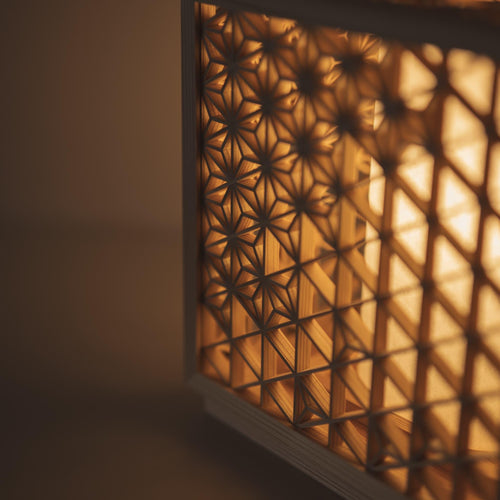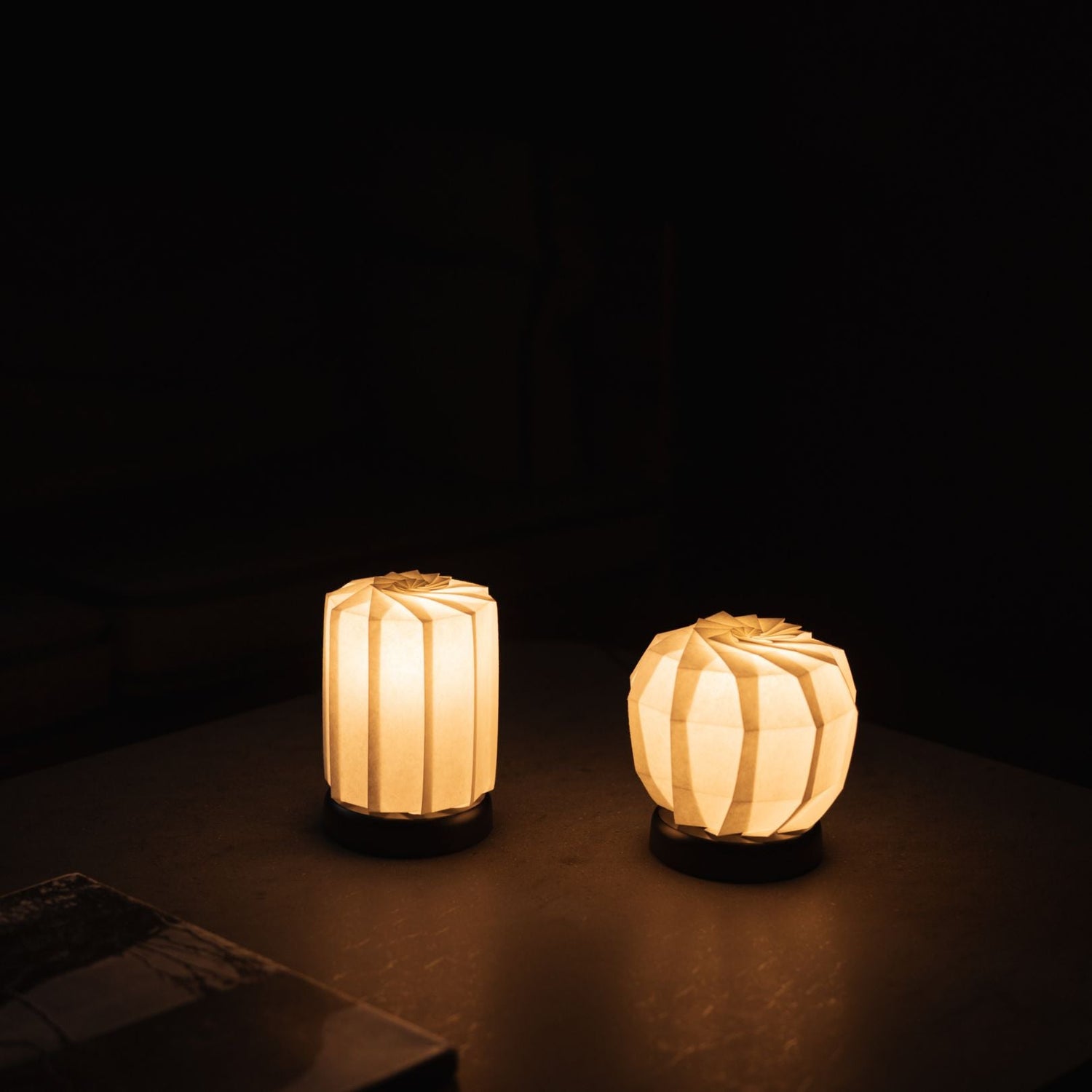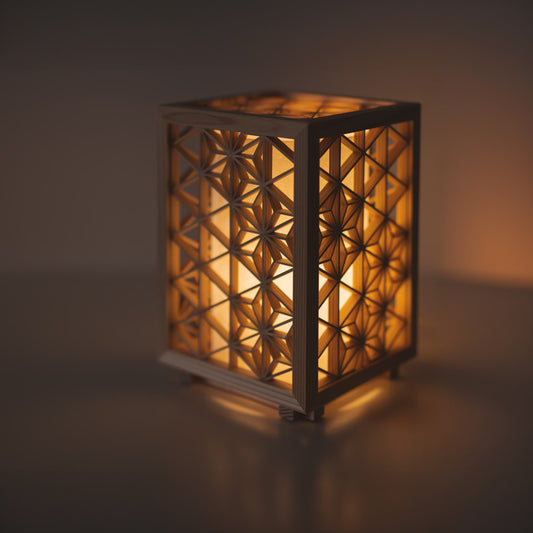
600 Pieces of Perfection: The History and Innovation of Kumiko Lighting at Ominato Bunkichi
Share
In Niigata Prefecture, Japan, there exists a company with a 150-year history that specializes in creating interior pieces by meticulously assembling individual wood pieces. This article introduces the artisans behind the Kumiko lighting, a product made from assembling finely divided wood pieces, and outlines their production process.
Table of contents
The 150-Year History of Ominato Bunkichi
Ominato Bunkichi Store, founded around 1870 in Kamo City, Niigata Prefecture—often referred to as the "Little Kyoto" of the Hokuriku region—boasts a history of 150 years. The history of Ominato Bunkichi Store began with handling Japanese paper (washi), and during the second generation, it started manufacturing and wholesaling byobu (folding screens) using the local Kamo industry techniques for chests and joinery, thus creating a product that merged the primary materials of “paper” and “wood.” This innovation led to the creation of sudare byobu (screens made with bamboo blinds) inspired by the summer doors (doors fitted with bamboo blinds) of joinery. From the late 1980s, the store began manufacturing comprehensive interior products, expanding its product line from screens to partitions and furniture interiors, and combining its expertise in joinery, mounting, and furniture manufacturing to venture into the market for commercial fixtures and Buddhist altar fittings. Since 2005, it has been selected for the "Century Story Brand," a designation only for brands chosen by Niigata Prefecture, making its mark on the global market.
Kumiko: Japanese Woodworking Craft
Kumiko is an enchanting traditional Japanese woodworking craft that creates intricate geometric patterns without the use of a single nail. Extremely fine pieces of wood are precisely crafted and interlocked to create stunning designs. This art form has a deep historical background, dating back to the Asuka period and can be seen in the features of Horyu-ji Temple, Japan's oldest wooden structure. During the Muromachi period, kumiko was mainly used in shoji (sliding doors), and its diversity exploded in the Edo period, with over 200 unique patterns existing today. The creation of kumiko is a true testament to precision and craftsmanship, often involving the use of softwoods like cedar and cypress, where even a 0.1mm error can ruin the entire piece. In a modern world where the allure of traditional arts tends to fade, kumiko provides a brilliant reminder of the elegance and complexity of handmade art.
Ominato Bunkichi Store’s Kumiko Lanterns
Ominato Bunkichi Store’s kumiko lanterns are assembled by hand using 600 pieces of wood by craftsmen. This lighting fixture, born from a novel attempt to enjoy the beautiful patterns of kumiko in three dimensions, can only be assembled by craftsmen with first-rate skills, as a deviation of even 0.1mm would prevent the whole piece from coming together. Here, we introduce in detail the process of creating these kumiko lanterns.
The Creation of Kumiko Lanterns
Ominato Bunkichi purchases Akita Cedar mainly from family-run sawmills around Noshiro City in Akita Prefecture. The wood goes through a process from logs to squared logs, planks, and sticks, where it's roughly sawn and then dried before processing to stabilize dimensions. The subsequent processes are as follows:
Sawing

Drying of planks

End material of planks

Groove cutting
Assembling kumiko
Kumiko Lantern
The completed kumiko lighting fixtures are true masterpieces of craftsmanship, where the assembled pieces create an interplay of attractive light and shadows. These lanterns, characteristic of Japan’s traditional culture of enjoying shadows, will teach you to appreciate the shadows. The perfect assembly of 600 pieces by hand crafts a mysterious atmosphere in various environments.

















